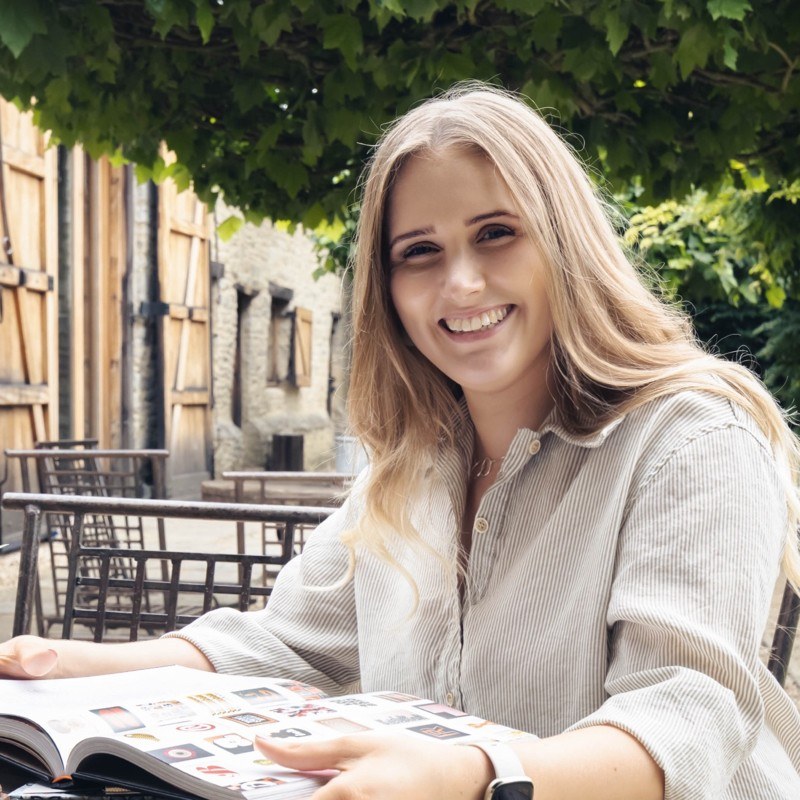Taking on the refurbishment of an HMO can be a daunting prospect, but for some the real challenge comes with the interior design of the project. Faced with the prospect of decorating a 5 or 6 bedroomed property from scratch, it can be tempting to reach for the magnolia paint but using just a few design tricks along the way can help to elevate your HMO into a truly stunning co-living space.
Hedgehog Studios specialise in co-living and HMO design and are Platinum’s preferred supplier when it comes to interior design. Here, co-founder Katie Hedgecox shares some of her top tips on how to make your HMO stand out from the Spareroom crowd:
Tip 1 – Make it multifunctional
Everything starts with space, and good design makes a space more useful in many ways. It’s worth bearing in mind that when it comes to HMO design, one room is often used for multiple purposes; sleeping; hosting friends; working from home; exercising etc. The harder a room can work, the more attractive it will be to prospective tenants, so consider how can you maximise the space to make it multifunctional.
Tip 2 – Work in three dimensions
Whilst accurate floorplans are useful, it’s vital to spend time in the property itself. Moving around the space and marking out where the furniture can go will help you visualise it much better, meaning less mistakes with fit and flow. And remember – 1 metre on a floor plan isn’t 1 metre on a site visit!
Some common mistakes to look out for:
- Sockets behind furniture that can’t be reached easily
- Same size furniture in every room
- Radiators not taken into account
Tip 3 – Colour theory
Colour is responsible for 85% of purchasing decisions! Creating a clear colour palette for your entire property (and sticking to it) will mean much faster and easier decision making when it comes to buying items for your HMO. Interior designers work with a colour wheel on each project, using one of these key schemes:
Complimentary - two colours on opposite sides of the colour wheel used as the main colour scheme throughout the house.
Monochromatic – three shades, tones or tints of one base colour
Analogous – three colours side by side on the colour wheel
Triadic – three points that are evenly spaced on the colour wheel
To create your colour palette:
- Find inspiration (Pinterest is great for this)
- Gather physical representation
- Find the common thread
- Create a mood board (this could be a physical board or simply on your phone)
- Pick pantones
- Implement your ideas
Tip 4 – Light it up
Light is another important part of interior design, and the intensity, placement and colour of light can transform a space completely. Make sure you consider both natural and artificial light.
Natural light - What is the orientation of the walls with windows? Does the space have north, south, east, or west light? Visit the house at different times of the day to see how the natural light changes the room throughout the day.
Artificial light - It’s quite common in HMOs to have big open plan kitchen/ living/ dining area, so consider using lighting to ‘zone’ the different areas in one space to create a distinct feel in each one.
Tip 5 – Balance
Balance is created when consideration is given to the placement of objects in a space to achieve a feeling of equilibrium. The two most common principles are:
Symmetrical – this creates a mirror image effect, e.g with a bed and two bedside tables on either side
Asymmetrical – this creates a feeling of equal weight on both sides even though the sides don’t look the same. This is harder to achieve but is very common in HMO design where space is an issue.
Tip 6 - Take to the stage
Good photos are essential to make your room listing appeal to prospective tenants. Interior designers will ‘stage’ a room to make it more appealing and help people imagine themselves living in it. Top staging tips include:
- Pick a colour palette for decorative items
- Use books
- Use the Rule of Three - clustering three decorative objects of different heights together
- Add texture with different textiles and objects
- Use matching cushions on the bed and chairs to carry the decorative theme through
- Use items on the bed to tell a story, e.g an open book, a tray with a mug of coffee
And finally...
Tip 7 - Have fun with it
Interior design is a great way to explore your own creativity, so don't be afraid to experiment....and enjoy it!


